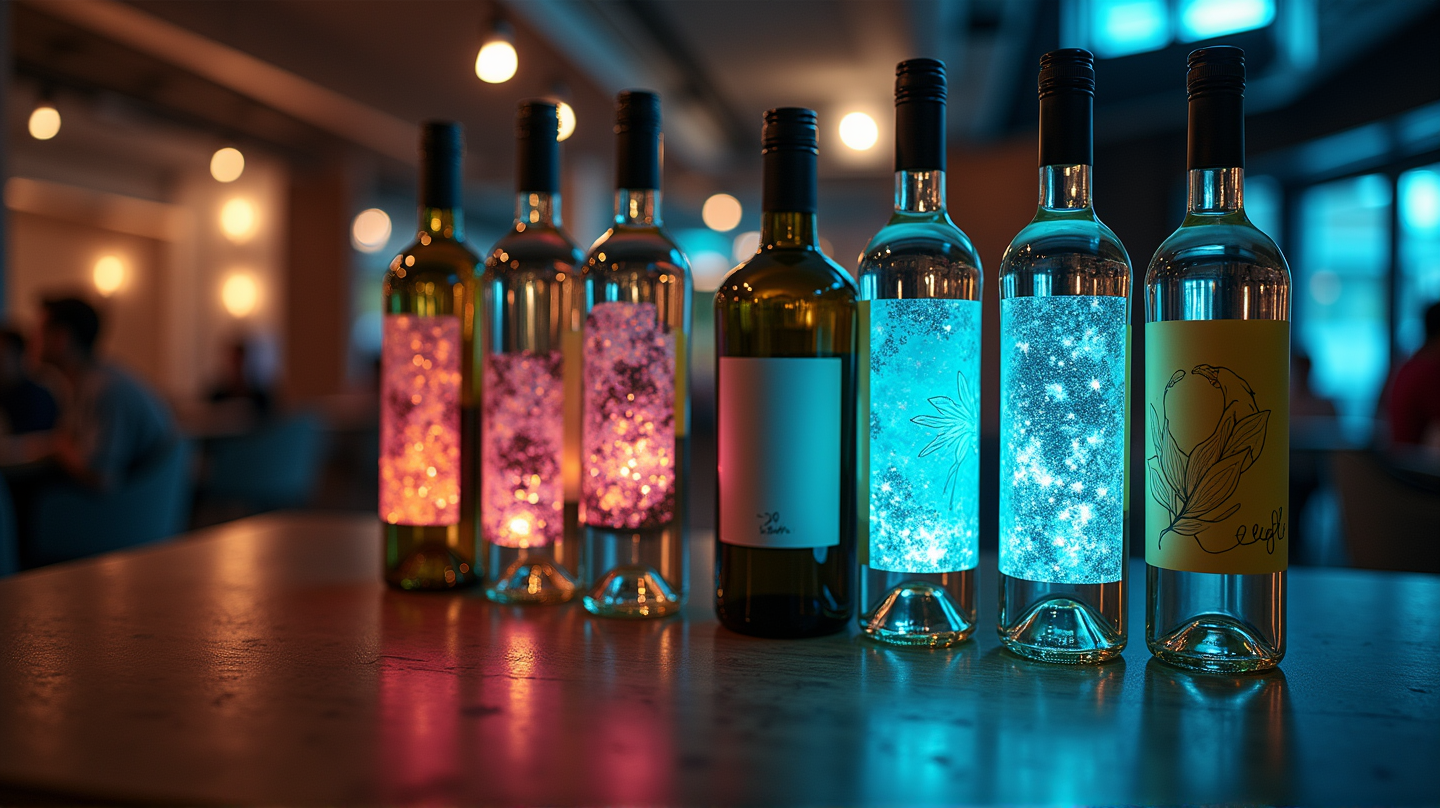The Future of Wine Packaging: Regulatory Impacts and Market Innovations
Exploring the shift towards sustainable and smart wine packaging as global regulations and consumer preferences evolve.

As global consumers become more environmentally conscious and regulations tighten, the wine packaging industry is undergoing a remarkable transformation. From the rise of sustainable materials to innovative digital solutions, the future of wine packaging promises to be both exciting and challenging. This article dives into the evolving trends shaping the wine packaging market from 2025 to 2032.
A Sustainable Shift
Sustainability has become more than just a buzzword; it’s now a crucial element of wine packaging strategies. Consumers are gravitating towards brands that prioritize eco-friendly materials. As stated in Newstrail, recycled glass bottles, biodegradable alternatives, and lighter packaging solutions are increasingly favored for reducing carbon footprints. This shift is not only essential for meeting consumer expectations but also for complying with tightening environmental regulations.
Innovative and Convenient Packaging
The days of traditional wine bottles might be waning, as younger consumers seek convenience and portability. Alternative packaging like aluminum cans and bag-in-box systems are not only lightweight and recyclable but also maintain wine quality effectively. These innovations offer a fresh approach, attracting a new generation of wine enthusiasts who value both sustainability and ease of use.
Branding Through Customization
In the competitive wine market, standing out is essential. Progressive wine producers are leveraging packaging as a vital element of brand identity. Eye-catching labels, unique bottle shapes, and even personalized packages are being used to capture consumer interest. Customized packaging can enhance a brand’s visual appeal, creating a strong connection with consumers.
The Digital Frontier: Smart Packaging
Advancements in technology are paving the way for smart packaging solutions. QR codes and NFC technologies attached to labels allow consumers to access detailed information about the wine’s origin, production methods, and tasting notes by simply scanning the label. This integration of technology not only enhances the consumer experience but also strengthens brand loyalty.
A Compartmentalized Market
Diverse preferences across regions and demographics are leading to a segmented wine packaging market. This segmentation can be seen in packaging material choices that range from glass and plastic to metal and paperboard. Additionally, product types diversify from bottles to kegs and cans, catering to various lifestyle and consumption habits.
Preparing for the Future
As global wine consumption continues to rise, the packaging market must stay ahead by embracing new technologies, sustainable practices, and consumer-centric innovations. According to Newstrail, companies that adapt effectively to these dynamic market conditions will likely enjoy long-term success.
The journey towards a future of sustainable and smart wine packaging holds immense potential. By aligning with regulatory trends and responding to consumer demands, the wine industry can thrive in a more environmentally responsible and innovative landscape.